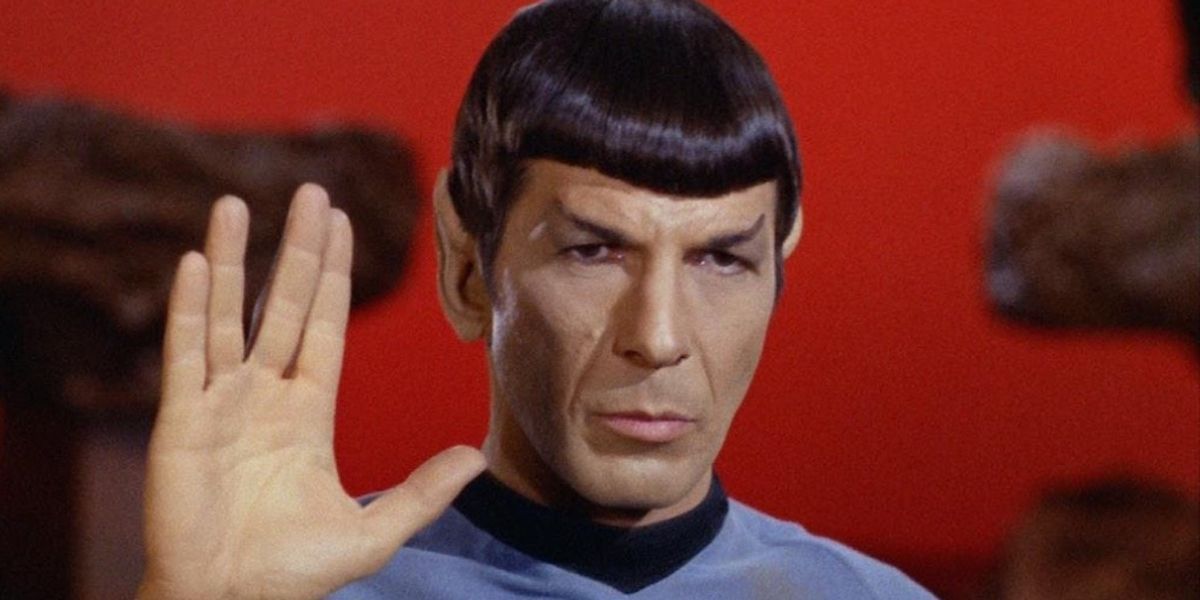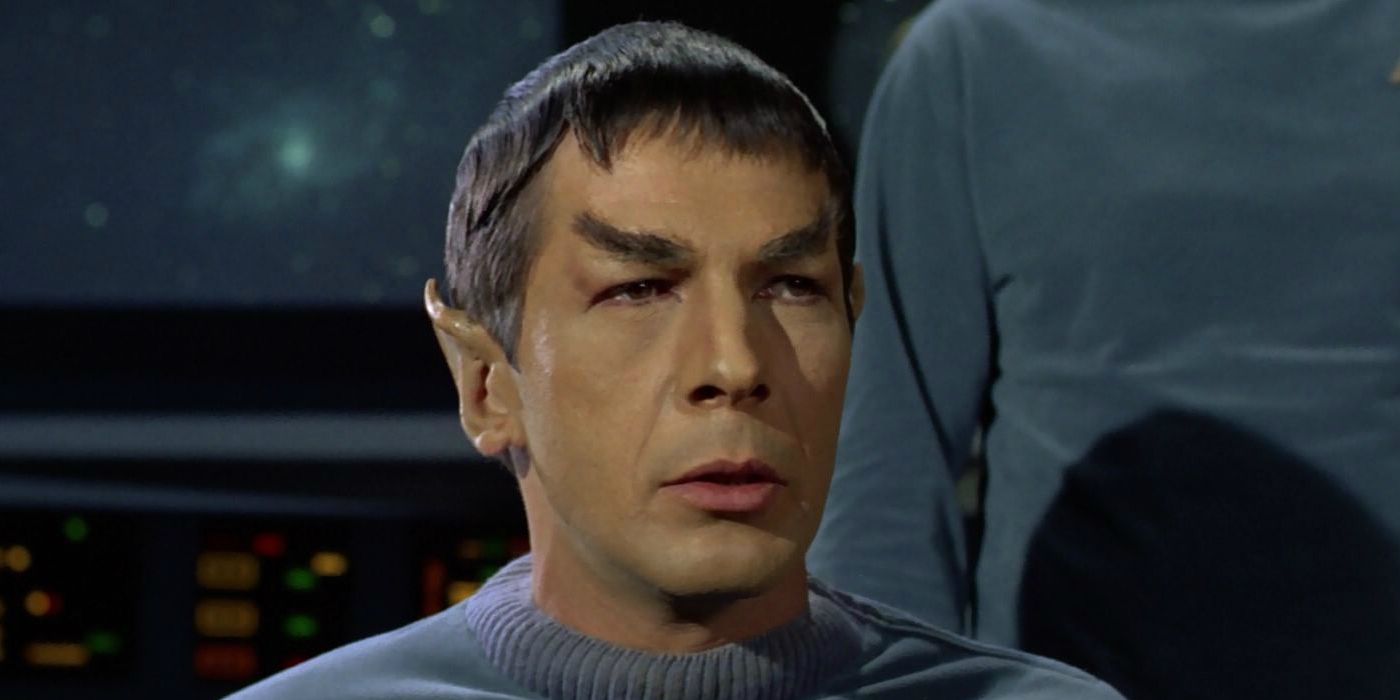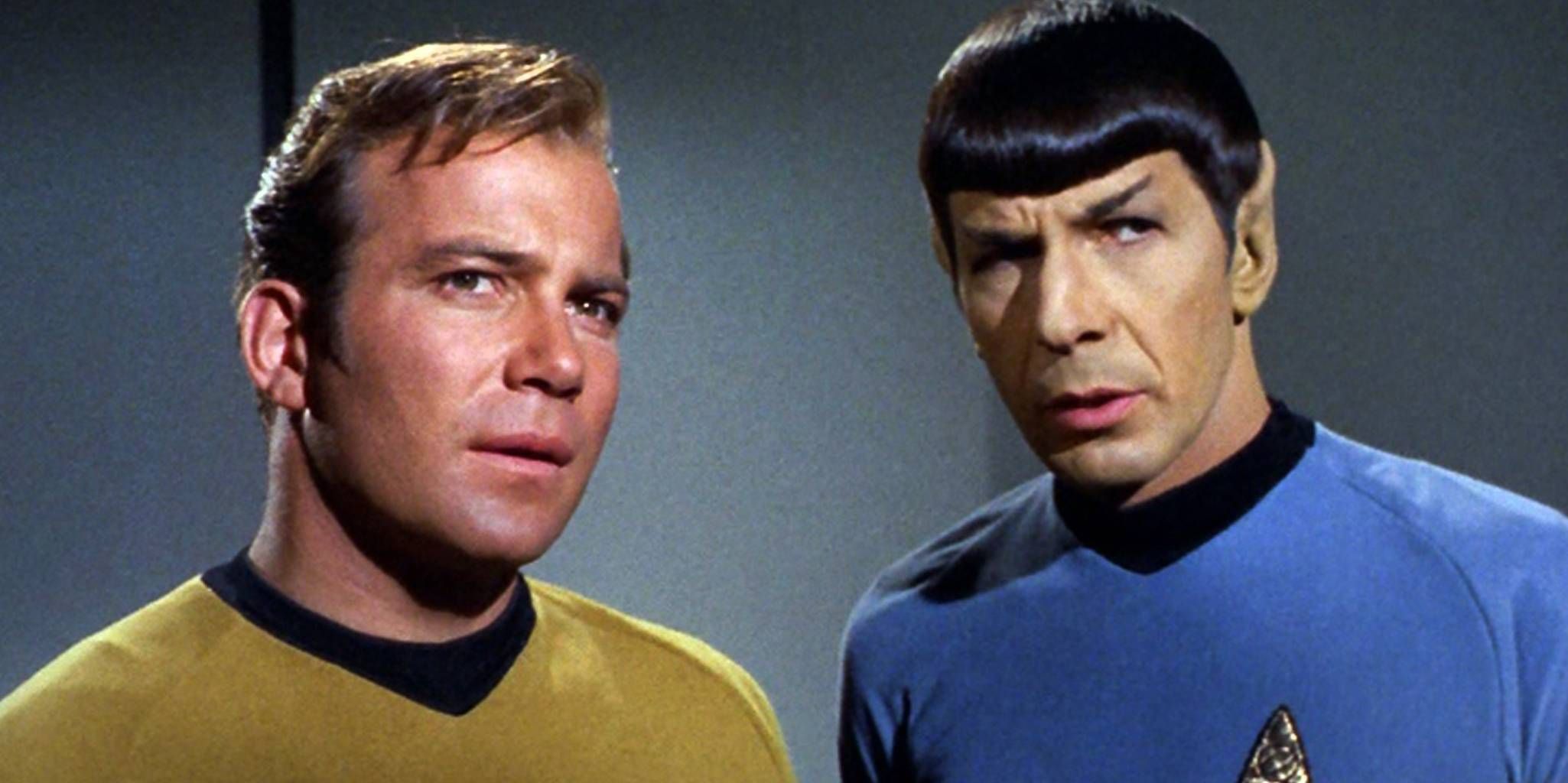Gene Roddenberry is the man behind Star Trek's legacy, but both he and the beloved franchise sometimes stumbled on the way to greatness. One of the wildest bumps in the road was the prehistory of fan-favorite science officer Spock. Some troubling ideas went into the early concepts for the Vulcan race, including some problematic make-up choices that would have amplified NBC's growing fears that Spock would inflame religious terror.
As Star Trek: The Original Series went on, Mr. Spock became part of a new wave of fandom that shaped today's pop culture. But before his famous eyebrow quirk and signature hand gesture made him part of the fanzine beat, NBC and Roddenberry were butting heads over how the Vulcans should look. The Vulcans' pointed ears didn't suggest elves to nervous studio executives, much less the Martian inspiration Roddenberry was suggesting, but the devil himself. Worst of all, the earliest concepts for Spock added a demonic red hue to his skin. To amplify his inhumanity, according to The Fifty Year Mission by Edward Gross and Mark A. Altman, Spock was going to feed off energy, absorbing it through a strange, plate-like organ in his abdomen.
Spock's red skin didn't make the cut for a simple reason. Many televisions were still black and white when Star Trek first went to air, and makeup tests showed that a red Vulcan would be completely blacked out on the older sets. A yellow-greenish makeup was used instead to add some alien pallor to a less controversial effect.
Both a devilish tail and that unusual metabolism never went beyond the concept stage. Of it all, only the iconic ears, an inhuman pallor and the unusual eyebrows would remain, and the network's fears of Spock's potentially devilish nature never took hold in the show's new fans. And with Nimoy gradually incorporating more of his own Jewish heritage into Vulcan history, the loss of those troubling early concepts was a huge positive, avoiding anti-semitic tropes.
It's not clear why Roddenberry's first concepts came out so devilish. His descriptions seem to lean into the then-popular SF Martian influence, eventually connecting with the idea that Spock was half-human and able to talk with authority about the issues that blend would bring to the table. However, the idea that there could be a race of intelligent, empathetic and benignly influential red-skinned "space-demons" wasn't new. Arthur C. Clarke's Childhood's End was originally published in 1953, 14 years before Star Trek premiered. In that novel, the Overlords go unseen for a majority of the story, knowing that their blatantly demonic appearance would shock their human charges.
The Overlords' gentle influence, cool rationality and devil-red appearance massively change the course of humanity. Though it doesn't cause quite as huge a shift in society, the Vulcans' first contact with the newly space-faring humans in 2063 is still a thematic parallel with Clarke's novel and the watershed moment for humankind. Regardless, Roddenberry's goal with Star Trek was to showcase his hopes for humanity's future. Far from falling under any devilish influence, Trekkies have inspired new frontiers for science and technology, and the all-too-human lessons of the show have helped break down racial and sexual barriers.



